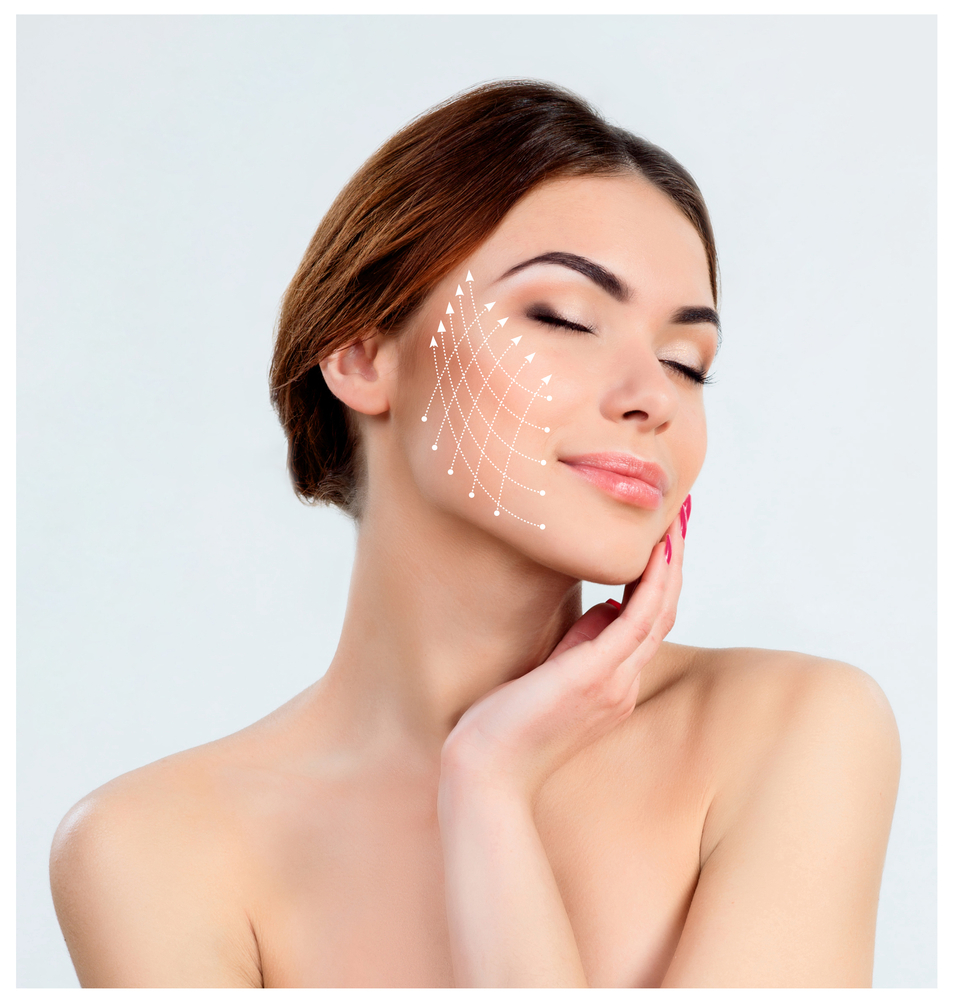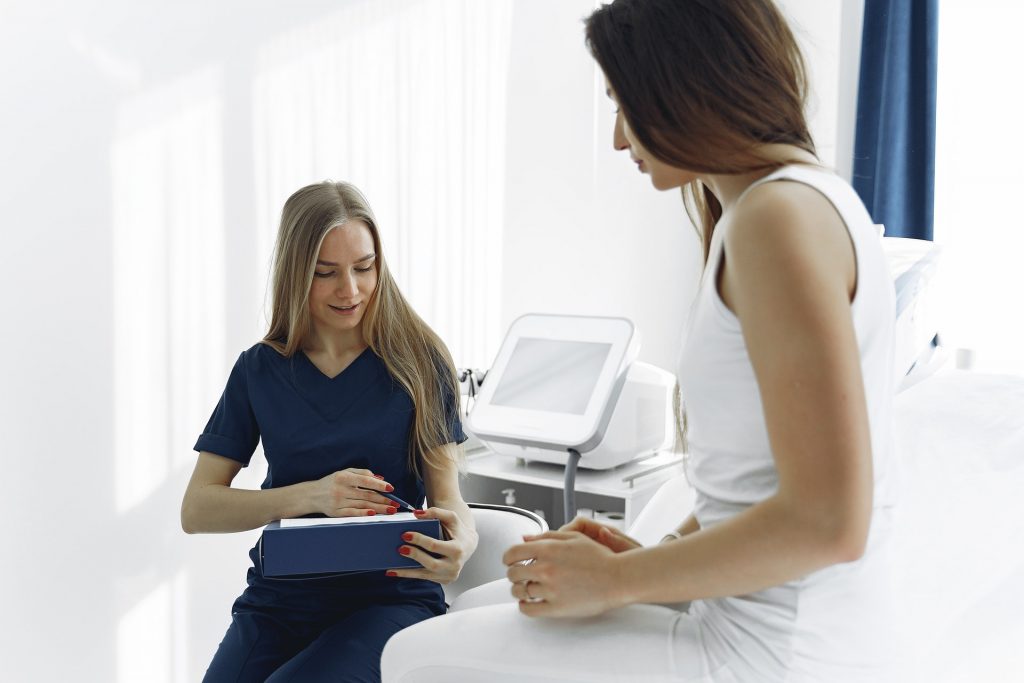Introduction:
Ozempic is a revolutionary medication that aid in weight loss. Originally approved for managing type 2 diabetes, this injectable medication has shown promising results in helping individuals shed excess pounds. However, obtaining Ozempic for weight loss may not be as straightforward as it seems. In this comprehensive guide, we will explore the steps to access Ozempic for weight loss, its effectiveness, potential side effects, and important considerations.
1. Consultation with a Healthcare Provider:
Before starting any weight loss regimen, it is crucial to consult a healthcare provider. This is especially important when considering Ozempic, as it is a prescription medication with specific indications. During the consultation, discuss your weight loss goals, medical history, current medications, and any pre-existing health conditions that may affect the suitability of Ozempic for your situation.
2. Understand the Purpose of Ozempic:
Ozempic is not a standalone weight loss drug but rather a medication used to manage type 2 diabetes. However, weight loss has been observed as a side effect during clinical trials. It works by mimicking the action of a hormone called GLP-1, which helps regulate blood sugar levels and also affects appetite and satiety, leading to potential weight loss. Understanding this will give you a clearer picture of how Ozempic can be beneficial in your weight loss journey.
3. Explore Alternative Weight Loss Options:
While Ozempic may be effective for some individuals, it may not be the best choice for everyone. Before committing to this treatment, consider exploring other weight loss methods, such as lifestyle changes (diet and exercise), behavioral therapy, or other FDA-approved weight loss medications. A healthcare provider can guide you through these options to find the most suitable approach for your needs.
4. Prescription and Monitoring:
If your healthcare provider determines that Ozempic is a viable option for your weight loss journey, they will write a prescription for the medication. Ozempic is typically administered as a subcutaneous injection once a week. Your healthcare provider will demonstrate the correct injection technique, and it’s essential to follow their instructions diligently.
Additionally, regular check-ups and monitoring are crucial when using Ozempic for weight loss. Your healthcare provider will assess your progress, monitor for any side effects, and make adjustments to your treatment plan as needed.
5. Insurance Coverage and Cost:
As Ozempic is primarily approved for diabetes management, insurance coverage for weight loss purposes may vary. Contact your health insurance provider to determine if Ozempic is covered for weight loss and what the associated costs might be. If it’s not covered, consider discussing alternative weight loss treatments or exploring patient assistance programs provided by the drug’s manufacturer.
6. Potential Side Effects:
Like any medication, Ozempic can have side effects. The most common ones include nausea, vomiting, diarrhea, and constipation. Some individuals may experience more severe side effects, such as pancreatitis, kidney problems, or allergic reactions. It is crucial to be aware of these potential side effects and report any unusual symptoms to your healthcare provider promptly.
7. Compliance and Patience:
Weight loss with Ozempic or any other method takes time and patience. Adherence to the prescribed treatment plan is vital for achieving optimal results. Understand that results may vary among individuals, and the rate of weight loss might not be rapid. Stay committed to your treatment, make lifestyle adjustments, and stay positive throughout the journey.
8. Lifestyle Changes for Enhanced Results:
To maximize the benefits of Ozempic, it is essential to combine it with healthy lifestyle changes. Incorporate a balanced diet, engage in regular physical activity, prioritize sleep, manage stress, and avoid unhealthy habits like smoking and excessive alcohol consumption. These changes will complement the effects of Ozempic and contribute to sustainable weight loss.
Conclusion:
Ozempic can be a valuable tool for weight loss when used under the guidance of a healthcare provider. It is essential to approach it with the right mindset and realistic expectations. Remember that weight loss is a gradual process, and success lies in the combination of Ozempic, lifestyle changes, and a patient, committed approach. Consult your healthcare provider to discuss whether Ozempic is the right option for you, and remember that your health and well-being should always be the top priority in any weight loss journey.

